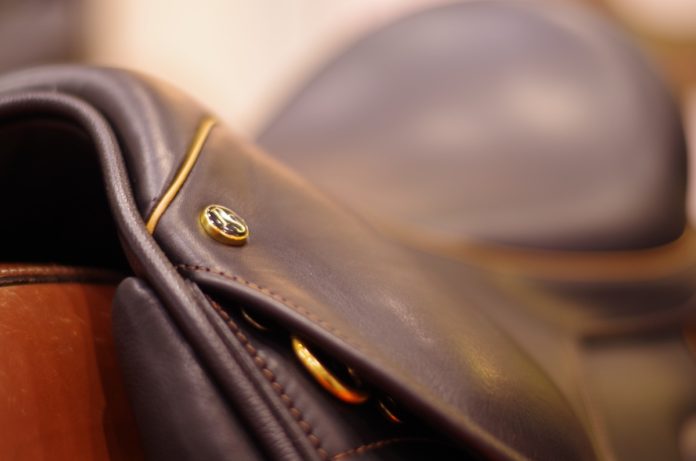Acupuncture and Saddle Fitting: a multidisciplinary team approach
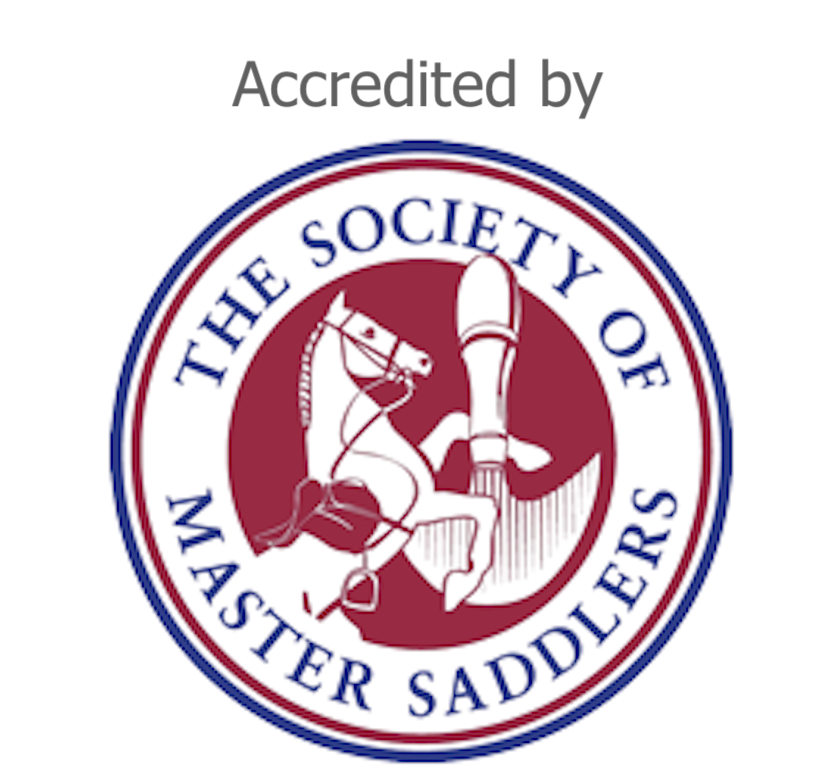
By Dr Avril Senior BVSc MA MRVCS MABVA MIVAS
Saddle fitters who read the feature and submit correct answers to the quiz will be awarded one CPD point from the Society of Master Saddlers (SMS). SMS Registered Qualified Saddle Fitters are required to gain 15 CPD points, averaged over a two-year period.
Introduction to acupuncture as an adjunct to saddle fitting: SMS veterinary consultant Dr Jane Nixon MRCVS says:
The SMS is a forward-thinking Society which encourages education, communication and co-operation between professionals attending horses and ponies.
We consider all relevant aspects which may assist saddle fitting and acupuncture, as a recognised therapy, is in this category.
Saddle fitters may request the services of an acupuncturist for saddle fitting issues when lameness and other musculoskeletal problems have been ruled out by the attending sports horse veterinarian. By law, only specifically trained veterinary surgeons can perform acupuncture in animals
When you are assessing a horse for a saddle fitting, acupuncture may not be the first modality you think of that may be of relevance to you.
However, how often do you see horses that are going poorly under saddle but work well when loose schooled? Or when the saddle looks to be the perfect fit but the rider says the horse is not moving well under it? Or you find specific areas of pain or muscle wastage under the saddle, that don’t seem to correspond to areas of flocking or obvious load bearing?
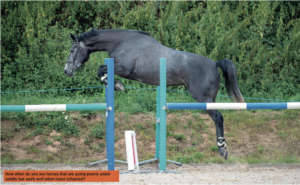
Do you see horses with specific areas of patchy sweating, twitching or muscle fasciculations, or showing signs of heightened sensitivity to touch? These symptoms can often correspond to areas innervated by specific spinal nerves.
Do you see horses that have a seeming inability to engage their core muscles, girth pain, tension in the muscles over the withers, previous injuries or scars over the saddle area?
All these issues can cause complications to a standard saddle fit. As acupuncture can help in the diagnosis and treatment of these presenting signs, I would encourage an increase in referrals from qualified saddle fitters to an acupuncturist for these ‘problem’/complex saddle fitting issues.
HOW ACUPUNCTURE WORKS
Acupuncture, as a discipline, has been around for several thousand years. Treatment involves the insertion of fine needles at precisely located acupuncture points. These needles can be left in situ for variable lengths of time (from 5-20 mins). The length of time depends on the indication and condition of the patient.
Stimulation of acupuncture points has a number of effects. How it works can most simply be described in the two techniques that are most commonly used, Western and TCM - Traditional Chinese Medicine.
From a Western point of view, inserting a needle causes a local inflammatory response that a) increases blood flow and causes a local muscle relaxation and b) triggers nerve fibres to send a signal to the central nervous system to block pain pathways and affect pain perception in the brain. It does this via a complex cascade of neurotransmitters.
From a TCM point of view, needle stimulation moves energy in the body
and aims to resolve any blockages or ‘stagnations’ that can occur in the channels or ‘meridians’ that run over the whole body.
As research into the mechanism of action of acupuncture has progressed, we are starting to realise that these channels correspond to fascial planes that overlie muscles and nerves. This fascia carries electrical impulses across the body between the skin and the underlying musculature.
It goes some way to explain why acupuncture can have an effect over a wide area and in areas distant from where the needle is actually placed. Whichever technique is used, the outcome aims to be the same. Acupuncture relieves and reduces pain, relaxes muscles and improves local circulation to improve healing.
ACUPUNCTURE MERIDIANS
At a basic level, there are 12 main meridians and five extraordinary meridians in the body, as well as many small branches or ‘divergent meridians’.
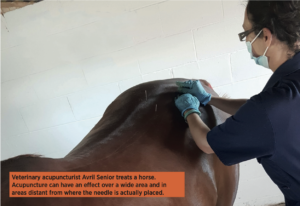
The main acupuncture meridian most likely to be affected directly by saddle
fit is the Bladder (BL) meridian. The two extraordinary meridians most likely to be affected are the Governing Vessel (GV) meridian and the Conception Vessel (CV) meridian.
The GV runs directly along the spine at the midline and will be affected by a saddle with too narrow a gullet or one which shifts to one side when ridden. The CV runs along the midline along the belly of the horse and can be affected by a poorly fitted girth.
The BL is the longest meridian in the body. It has 67 acupuncture points along its pathway and these include ‘shu’ or diagnostic points for the other meridians. It therefore contains a lot of information about the health of the animal and the saddle sits directly on it!
The BL starts at the eye, runs over the forehead, along the neck, splits into two parallel lines along the back adjacent to the spine, down the hindlegs, through the muscles of the hindleg and ends in the foot at the lateral coronary band. If you have seen physiotherapists using kinesthetic tape along the neck, spine and down the back legs, they are basically utilising the pathway of the BL meridian.
The pathway of the BL means it is directly affected by saddle fit. Over- flocking, bridging, abnormal loading and rider fitness/balance can all impinge on the Bladder meridian at some point.
‘COLD’ BACKS
Treating not only the sore points on the affected meridian, but also utilising the other acupuncture points further away
and within the same spinal segment, can alleviate some of the symptoms of horses that are said to be ‘cold-backed’ and resent being tacked up. Muscle atrophy and spasm can also be addressed.
It should be noted that only vets can perform acupuncture in animals. This is to avoid serious injury to underlying tissues, nerves, blood vessels, joints and even organs. It is important that it should only be performed by an appropriately trained and qualified practitioner.
Always look for a practitioner that is a registered member of the Association of British Veterinary Acupuncturists (ABVA) or the International Veterinary Acupuncture Society (IVAS).
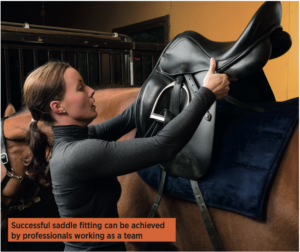
Acupuncture is widely used in Europe and the USA. It is deemed so effective that it is actually classed as ‘doping’ in some countries and is not allowed to be performed within a number of days of a competition.
It is starting to be more commonly utilised in the UK as more and more vets and owners see the benefits it can bring. As I already work closely with vets and physiotherapists, I would welcome the inclusion of qualified saddle fitters into that team. Together we can work to improve the quality of life, longevity of career, and ultimate performance of our horses.
I am often asked to examine and treat horses for low grade chronic lameness, and find there is also an issue with saddle fit. Or find that BL points which are non-reactive on examination prior to riding, then react after being ridden and untacked.
Sometimes, after acupuncture treatment, the horse is sound but has marked muscle imbalance which needs to be built up slowly through exercise. These are just some of the instances where I will advise the owner to seek the input of a professional saddle fitter.
Acupuncture can also help long term chronic pain conditions such as laminitis, spinal pain, sacroiliac disease, spondylosis and kissing spines.
Saddle fit is obviously also important in the management of the horse suffering from these; so working in partnership with a veterinary acupuncturist can help achieve the best outcome for the horse’s working career.
About the author:
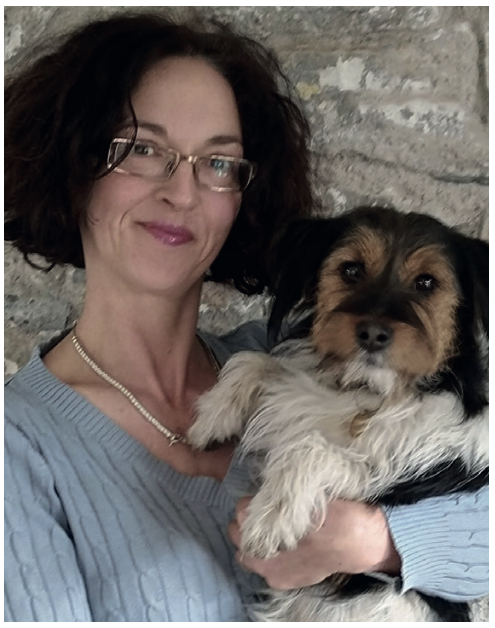
Avril Senior BVSc MA MRVCS MABVA MIVAS is a qualified vet who now specialises in acupuncture for horses, dogs and cats.
She worked in first opinion vet practice and as a senior lecturer at the University of Liverpool School of Veterinary Science. Having seen first-hand the impact and improvement acupuncture can have on animals, she decided to undertake postgraduate specialist training to concentrate solely on acupuncture.
Her Western training was done with the Association of British Veterinary Acupuncture. Her Chinese acupuncture training was done in Belgium for the International Veterinary Acupuncture Society.
Avril runs workshops and talks on veterinary acupuncture. She can be contacted via her email: p2pacupuncture@gmail.com Case studies and testimonials can be found on her Facebook page: @p2pveterinaryacupuncture
Main photo by PxHere










